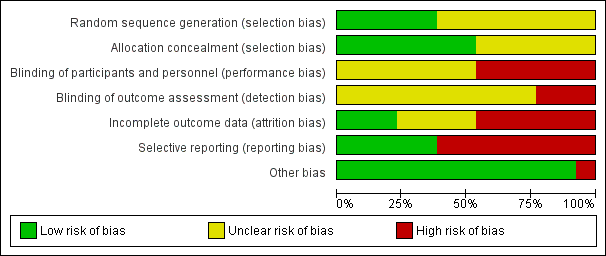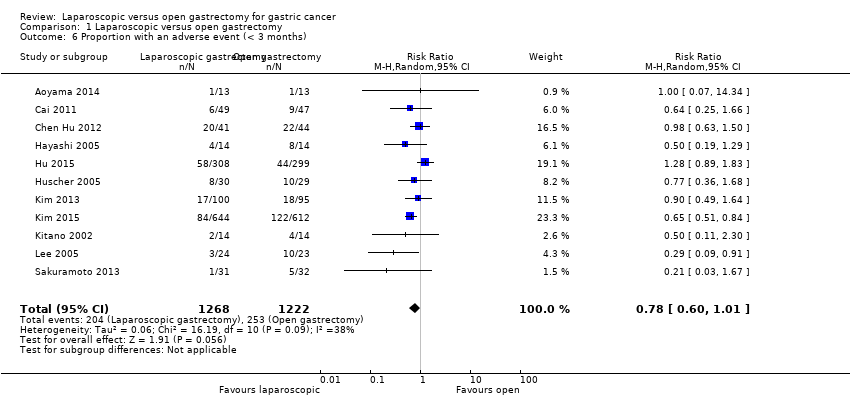Contenido relacionado
Revisiones y protocolos relacionados
Deniece Riviere, Kurinchi Selvan Gurusamy, David A Kooby, Charles M Vollmer, Marc GH Besselink, Brian R Davidson, Cornelis JHM van Laarhoven | 4 abril 2016
Zhen Wang, Junqiang Chen, Ka Su, Zhiyong Dong | 11 mayo 2015
Kurinchi Selvan Gurusamy, Elena Pallari, Sumit Midya, Muntzer Mughal | 31 marzo 2016
Daisuke Nishizaki, Riki Ganeko, Nobuaki Hoshino, Koya Hida, Kazutaka Obama, Toshi A Furukawa, Yoshiharu Sakai, Norio Watanabe | 15 septiembre 2021
Cathy Bennett, Yiping Wang, Tao Pan | 7 octubre 2009
Balamurugan A Vellayappan, Yu Yang Soon, Geoffrey Y Ku, Cheng Nang Leong, Jiade J Lu, Jeremy CS Tey | 22 agosto 2017
Huan Song, Jianwei Zhu, DongHao Lu | 19 julio 2016
Rafael Diaz‐Nieto, Rafael Orti‐Rodríguez, Marc Winslet | 2 septiembre 2013
Ralph F Staerklea, Fabian Lungera, Lukas Fink, Tom Sasse, Martin Lacher, Erik von Elm, Ahmed I Marwan, Stefan Holland-Cunz, Raphael Nicolas Vuille-dit-Bille | 9 marzo 2021
Yoko Tomita, Max Moldovan, Rachael Chang Lee, Amy HC Hsieh, Amanda Townsend, Timothy Price | 19 noviembre 2020
Respuestas clínicas Cochrane
Ulrich Ronellenfitsch | 25 enero 2017





















